View the above photo record (by John Wilkinson) in LacewingMAP here.
Palparidius concinnus – Hook-tailed Antlion
Peringuey, 1910
Identification
Size: Medium-large (Wingspan around 90mm)
Palparidius concinnus is readily identified by the single brown horseshoe-shaped marking in each forewing. The males are easily recognised by their very elongated ectoprocts (claspers).

Photo by John Wilkinson
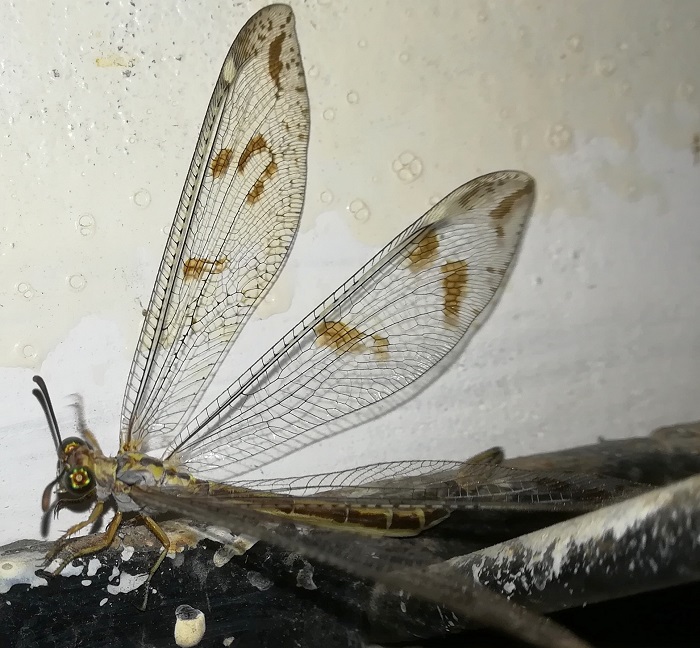
Photo by Dewalt du Plessis
Larvae: The larvae of P. concinnus are fairly large and rufous coloured.
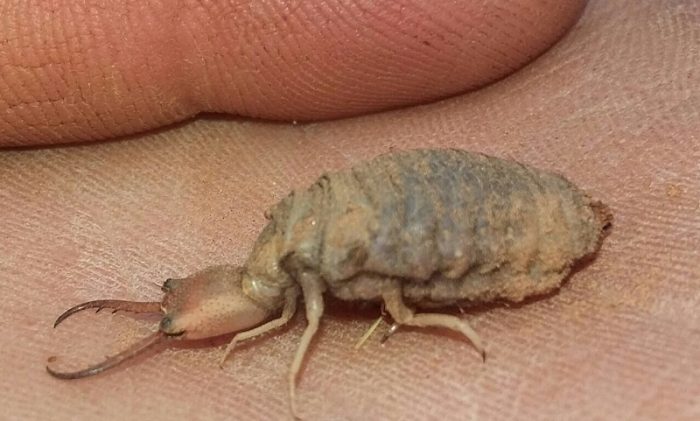
Photo by Ross Hawkins
Habitat
Palparidius concinnus inhabits dry savanna woodlands.
Behaviour
Adults are active during late summer. They are on the wing from January to April.
Like most antlions Palparidius concinnus is nocturnal. Adults often rest in a hanging position among the protective branches of larger bushes. They are regularly attracted to lights. Not much is known of its biology.
The larvae are thought to live in deep soil. They are voracious predators and one individual was recorded feeding on a small scorpion.
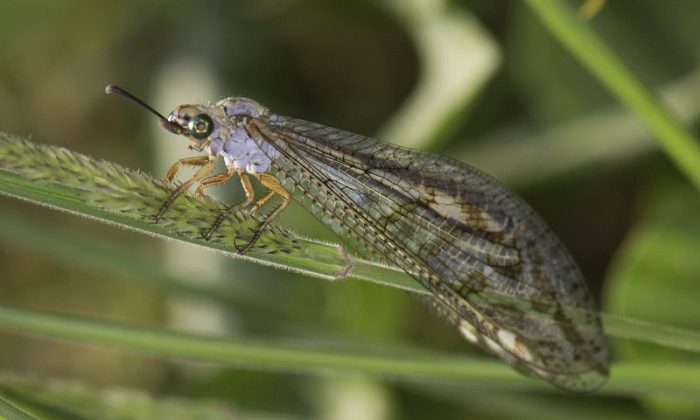
Photo by Steve Woodhall
Status and Distribution
Palparidius concinnus is fairly common in the northern parts of South Africa. It is known from Free State, Gauteng, Limpopo, North West and the Northern Cape. It is also widespread in Namibia and Botswana.
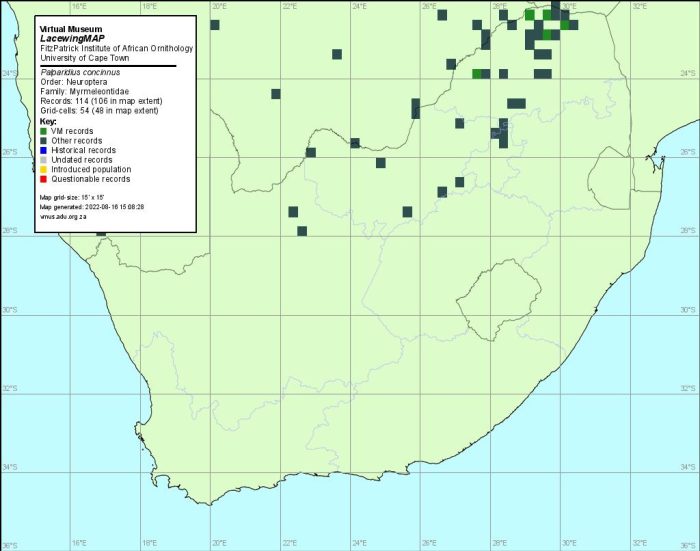
Taxonomy
Order: Neuroptera Family: Myrmeleontidae Subfamily: Palparinae Tribe: Palparini Genus: Palparidius Species: concinnus
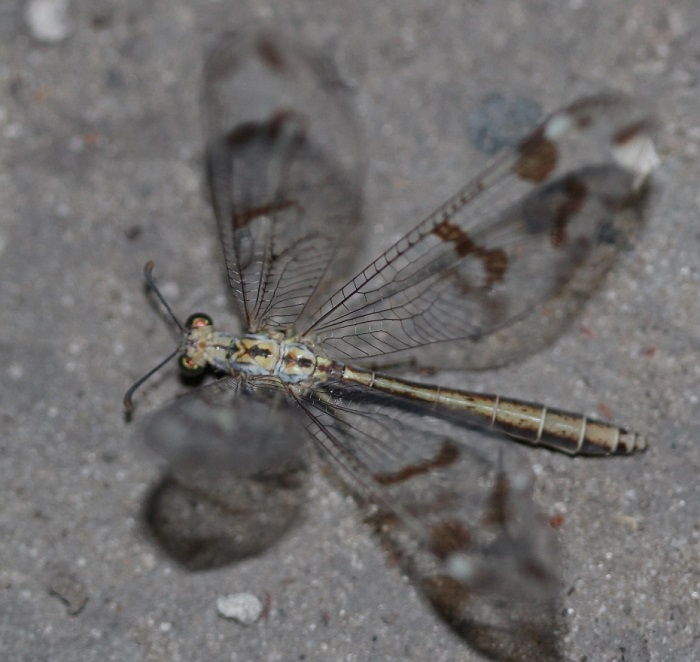
Photo by Cornelia Rautenbach
Further Resources
Virtual Museum (LacewingMAP > Search VM > By Scientific or Common Name)
Acknowledgements:
The use of photographs by Cornelia Rautenbach, Dewald du Plessis, John Wilkinson, Ross Hawkins and Steve Woodhall is acknowledged. This species text has benefited enormously from comments made by Mervyn Mansell on records he has identified in LacewingMAP. We acknowledge his important contribution.
Recommended citation format for this species text:
Tippett RM 2022. Palparidius concinnus. Biodiversity and Development Institute, Cape Town.
Available online at http://thebdi.org/2022/08/16/palparidius-concinnus/
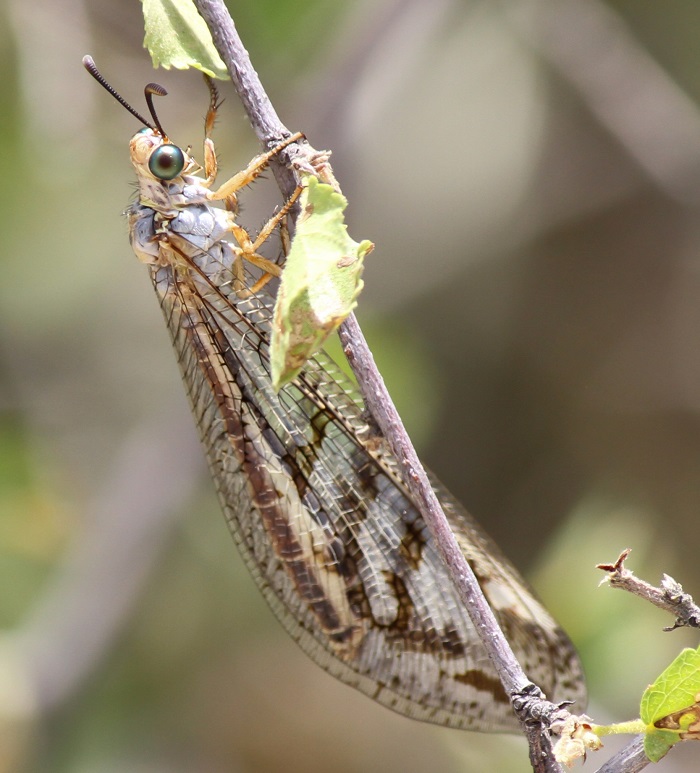
Photo by John Wilkinson

